I recently spent a day with the Toledo Swamp Rats, a youth trap and skeet team from Toledo, Ohio. Last fall, the young shotgunners won a skeet shooting clinic with shotgun-world-record holder and CZ-USA’s shotgun product manager David Miller through the CZ-USA NexGen photo contest. Scholastic Clay Target Program (SCTP) athletes and teams were invited to create a photo and caption that illustrated the theme “Team Work.” The Toledo Swamp Rats chose to work on their skeet shooting skills.
Sponsored by CZ-USA Field Sports

A skeet range consists of 8 shooting stations. Seven are spaced equidistant around an arc of a circle, with stations 1 and 7 located at the end of the arc. Station 8 is set halfway between 1 and 7. A high house on the left and a low house on the right, each containing a trap machine, are set 3-feet outside the circle at the rear of the shooting pads for stations 1 and 7.
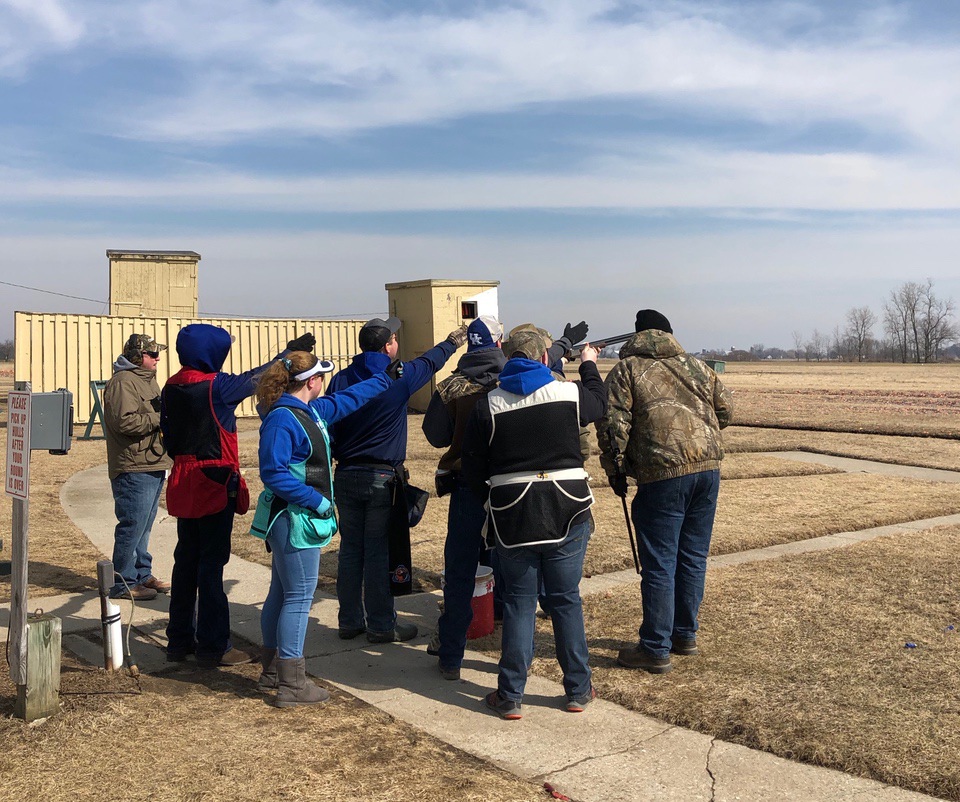
For a round of skeet, each shooter needs one box of 25 shells. The squad begins at station 1 and proceeds as a group, ending at station 8. The first shooter shoots at single targets, one from the high house, then one from the low house. Then she shoots a pair of targets released at the same time from both houses. They will cross each other.
Once everyone has shot at station 1, they move onto station 2 and continue through all the stations. Doubles are only shot at stations 1, 2, 6 and 7.
David Miller spent Friday evening doing a mini “train-the-trainer” program with the coaches. He first went over the importance of gun fit, and what to look for when fitting someone for a shotgun.
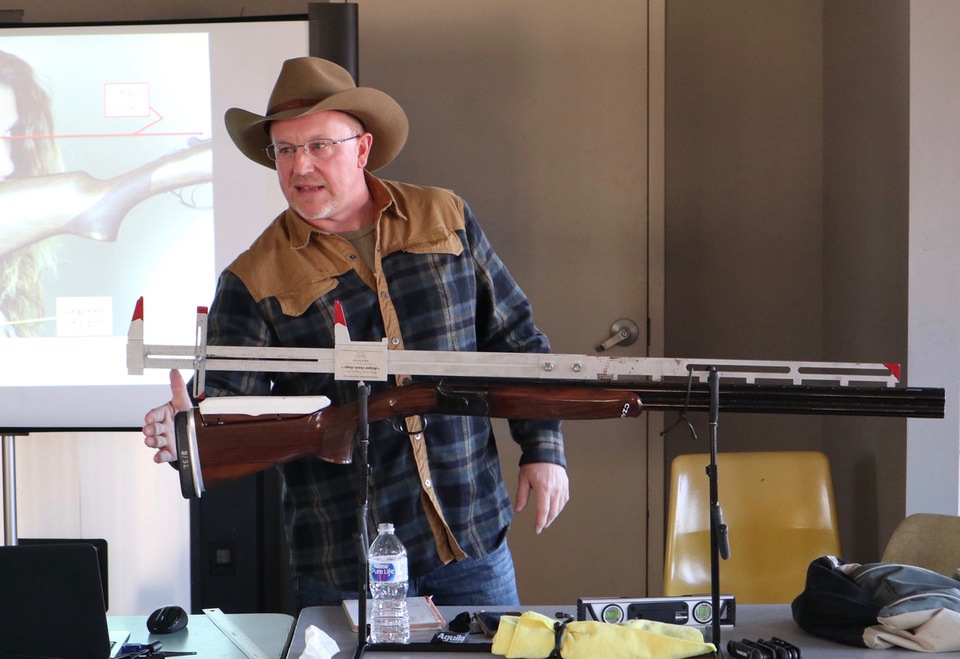
Then David went on to discuss how to be a good coach. Here are some points I found very useful and insightful.
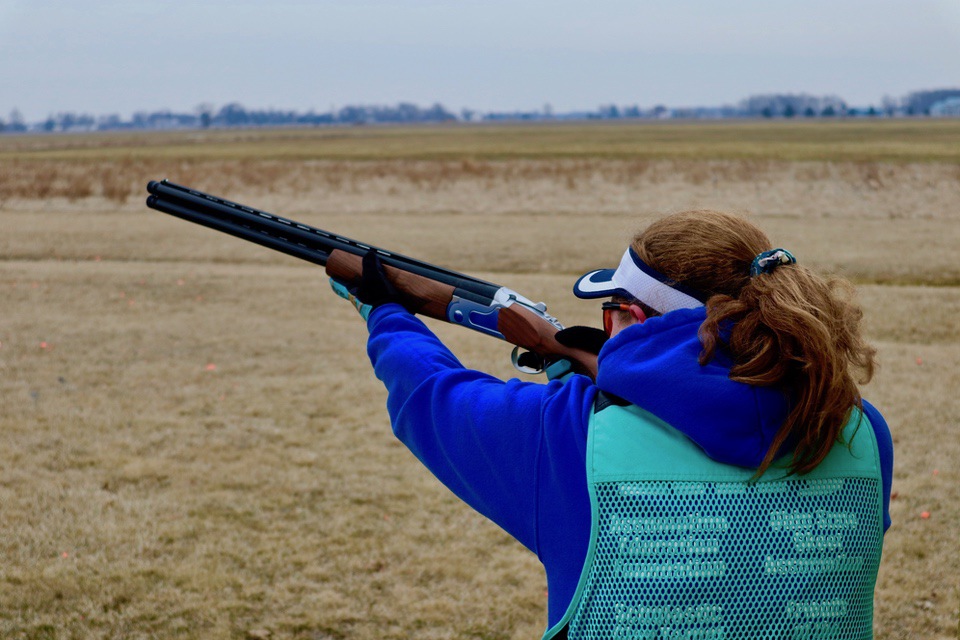
David believes in separating time on the skeet field into 4 different categories for the athletes: training, practice, tournaments and fun.
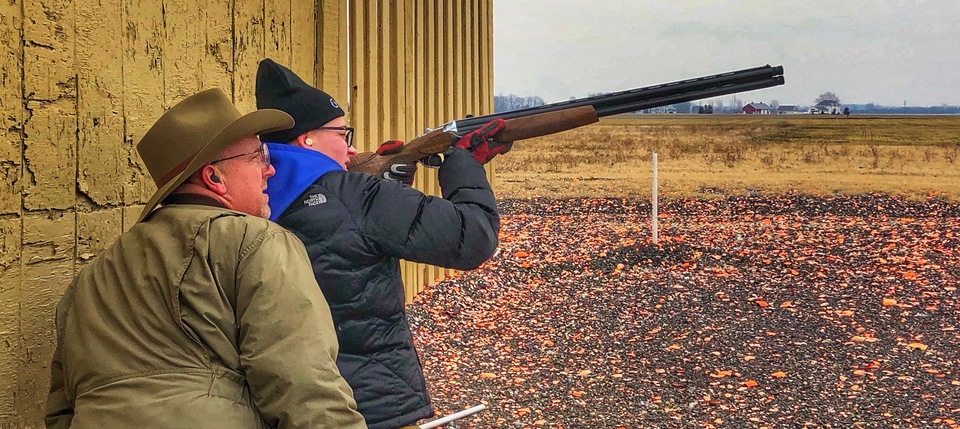
When the Swamp Rats arrived the next morning, cold and blustery winds greeted them; however, they came prepared to shoot. The shooters split into 2 groups with their coaches, while David bounced between them throughout the day. Like a sponge, I tried to absorb everything I heard him telling the athletes. The following are some of the key points I noted:
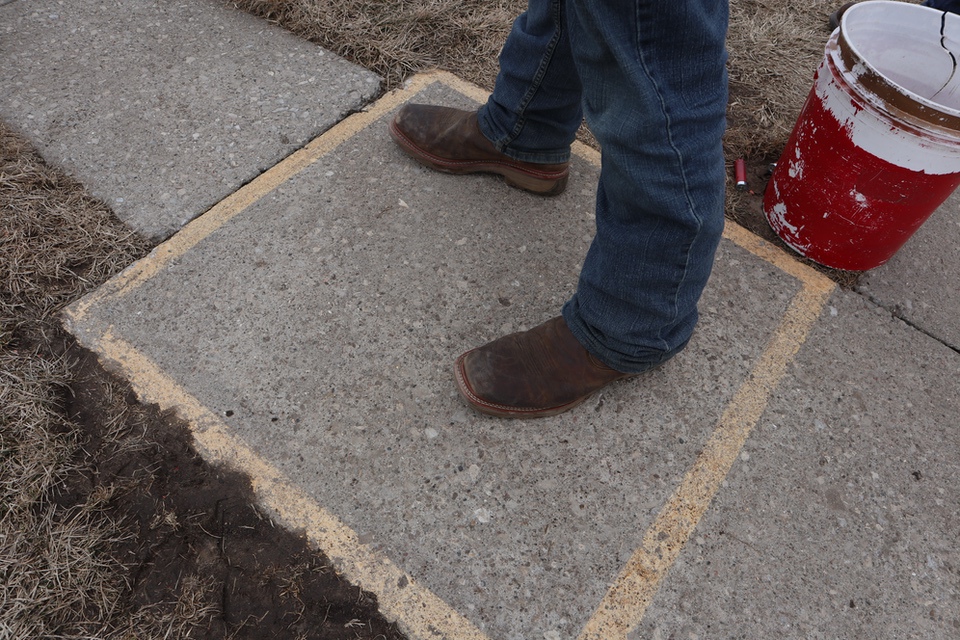
Although the above is written in steps, it’s rather quick and smooth. David preaches to mount the shotgun toward the breakpoint, then more to the hold point. This relieves muscular tension, allowing the shooter to unwind for the shot. Also he says, “If you mount to the breakpoint, you know where you’re going.”
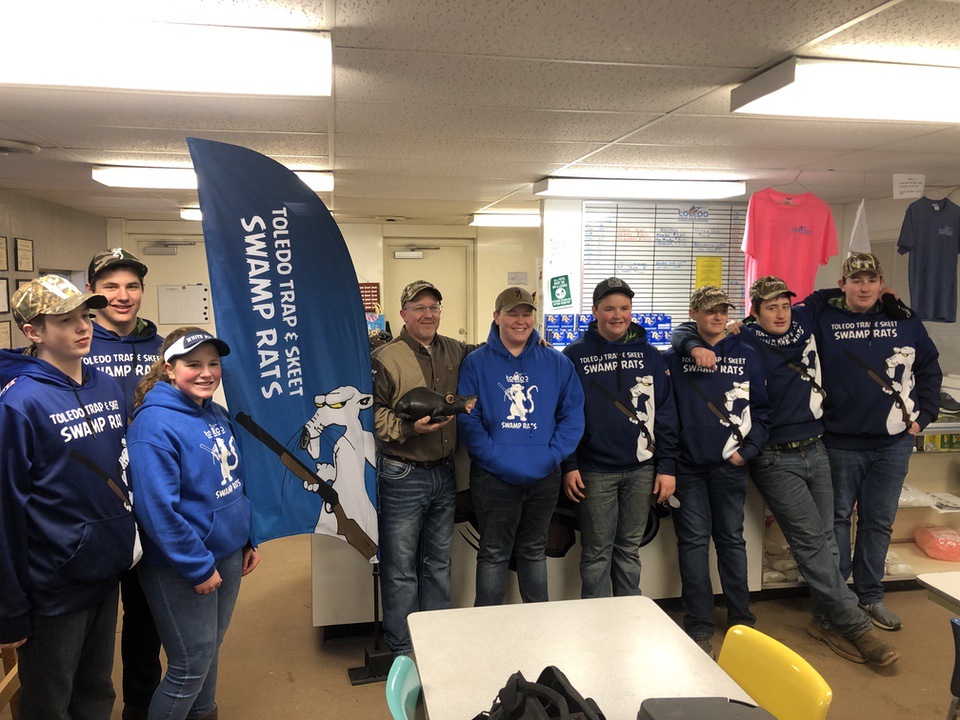
“I really learned a lot from Dave Miller,” said Lilly. “He taught me that having a good hold point is very important. Also, he taught me to mount my gun where I’m going to break the bird, this helps me a lot in my consistency. Since I’ve done this I’ve hit more birds because having consistency in skeet is very important.”
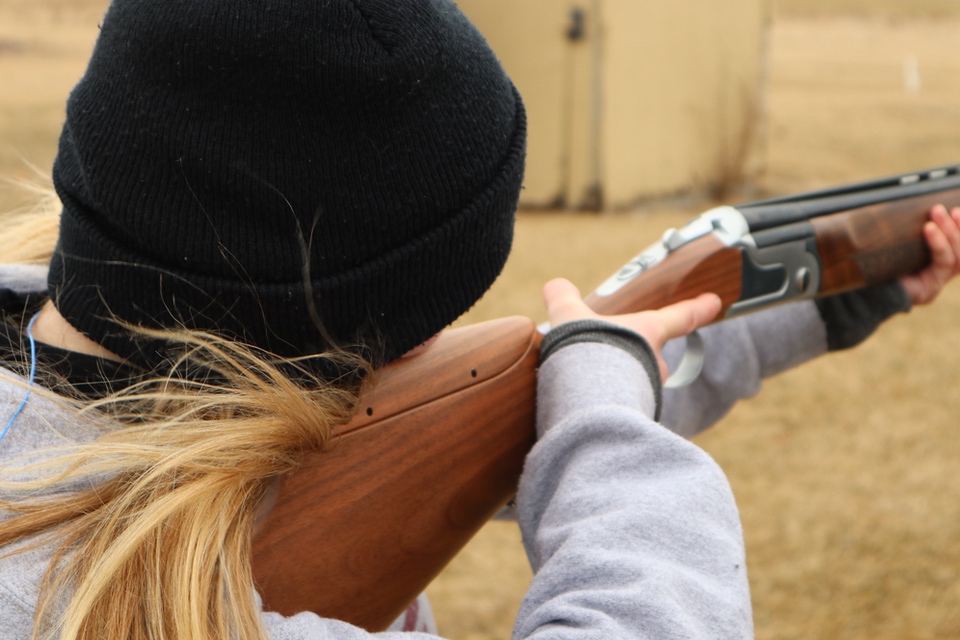
Ellie said she learned about stance, natural point of aim and so much more. She enjoyed shooting the CZ SCTP that Dave brought and found she could handle a 12ga. Ellie managed the gun so well she hit more consistently with the SCTP than she had all day.
Michelle Cerino, aka Princess Gunslinger, first entered the firearms industry in 2011 as co-owner, president and trainer at a national training company. She immediately began competing in both 3-Gun and NRA Action Pistol, becoming a sponsored shooter. Michelle is currently a columnist and Managing Editor of Women’s Outdoor News, as well as owner of Pervenio LLC. She also manages social media for Vera Koo and FASTER Saves Lives. Michelle encourages others to step out of the comforts of home and explore. View all posts by Michelle Cerino